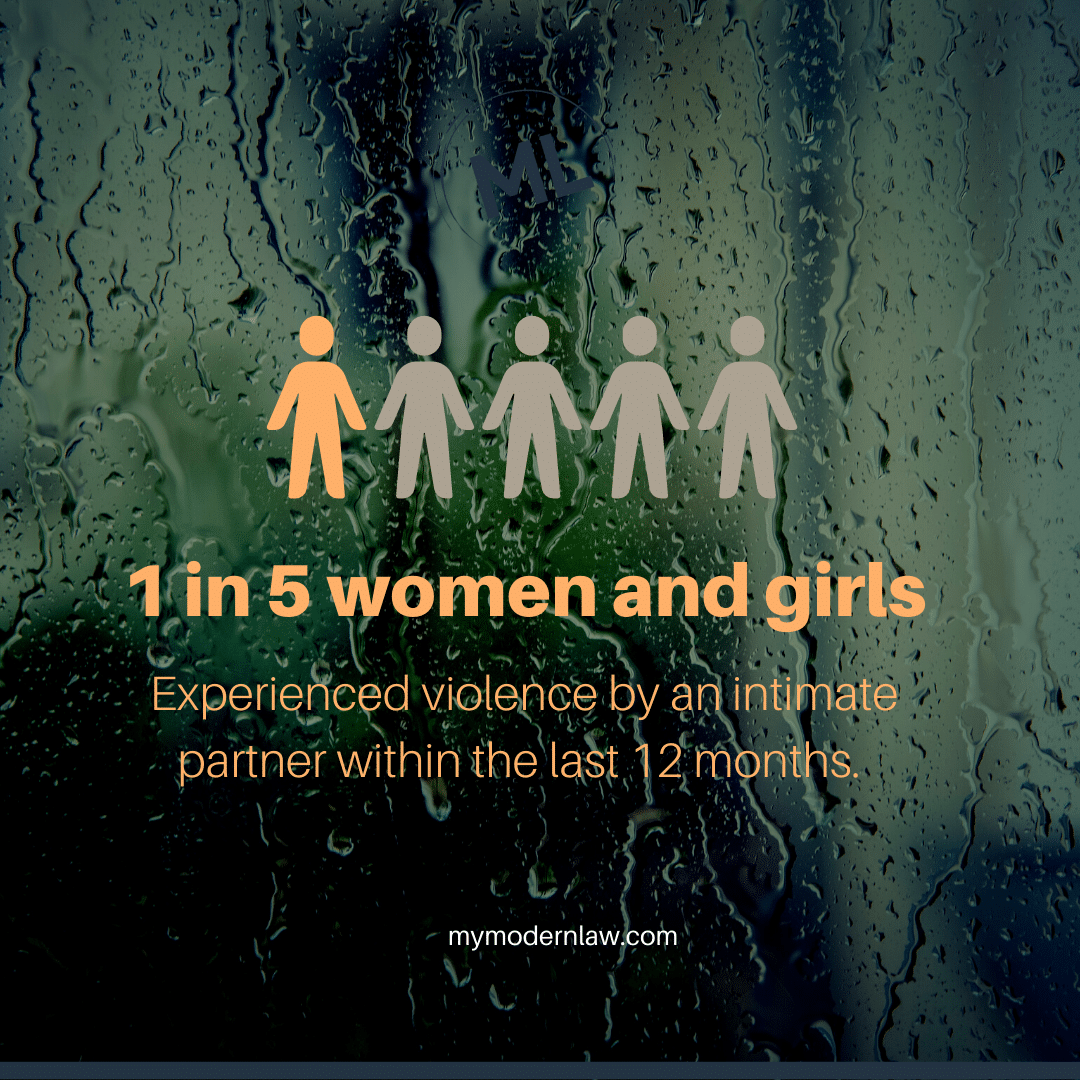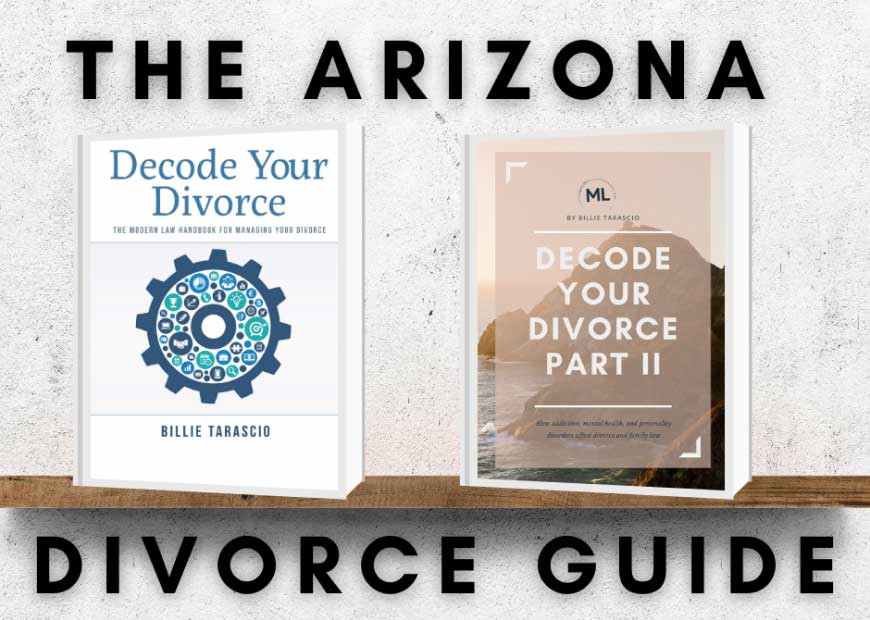In October 1987, Domestic Violence Awareness Month was launched nationwide. The goal was to help raise awareness for issues of domestic violence and to connect people with organizations that could help. The problem is far more widespread than many people might want to think, and millions need help.
The National Coalition Against Domestic Violence offers a wide range of resources to help people learn more about domestic violence and to provide educational materials. They offer toolkits that provide information on domestic violence.
Domestic Violence Statistics and Facts: What Do the Numbers Say?
Once you start to look deeper into the stats of domestic violence, you can quickly see what a horrible and pervasive problem it is.
According to the National Coalition Against Domestic Violence, approximately 20 people per minute are physically abused by an intimate partner in the United States. Over the course of a year, this happens to more than 10 million people.
One out of every four women and one out of every nine men become victims of severe abuse. This abuse could include severe intimate partner physical violence, sexual violence, or stalking. One in three women and one in four men have suffered some type of violence from an intimate partner. This might include slapping, pushing, or shoving the other person.
The NCADV also says that one in seven women and one in 25 men have been injured by their partner. One out of 10 women has been raped. There isn’t enough data on male victims in these types of rape cases.
One out of 15 children is exposed to domestic violence each year. 90% of those children witness the violence, which can have a lasting impact on their psyche.
It’s important to remember that domestic violence doesn’t only result in physical harm to someone. There is also emotional and psychological damage that takes place, even if the person’s partner never physically hurt them. This can be just as damaging.
What Are the Statistics in Arizona?
In Arizona, 42.6% of women and 33.4% of men experience intimate partner violence, sexual violence, or stalking. Approximately 304,000 women in Arizona have been stalked by a partner. In 2019, there were 96 domestic violence-related deaths in the state. In 2017, Arizona was ranked at #7 out of all states for femicides per capita.
Although Arizona might be a beautiful state, it has just as many domestic violence problems as the rest of the United States.
Getting Help
Domestic violence is a terrible reality for so many people, but there are ways to get some help, and that’s just what anyone who is in this type of situation should do. Below are some of the options available.
The National Domestic Violence Hotline
The website is www.thehotline.org, which offers a live chat service. You can also call them at 1-800-799-SAFE (7233), or TTY at 1-800-787-3224. The TTY number is for those who are deaf, hard of hearing, or speech impaired. You can also text with the hotline. Text START to 88788. There are quick exit options on the site if you need to leave it quickly, too.
People can reach out to the hotline if they are survivors of abuse, in an abusive relationship, or if they are worried that they have a friend or family member who is in an abusive relationship. The advocates can provide care and support and listen without casting judgment. The services are free, confidential, and are available around the clock.
Each State Has Resources—Find What’s Available in Your Area
All states and many local communities will have various types of resources available for domestic violence survivors. This can include shelters, which will often take in the adult and any children they might have. There are countless resources available for each state, and it would be impossible to list all of them here. Modern Law has even started our Purple Light Project to bring more light
You can search for domestic violence help in your area. If you are concerned that your partner might be monitoring your online activity, be sure to clear your search and browser history of those sites after you’ve visited them.
If you have a hotline added to your phone, consider changing the contact information to an aunt’s name or a store that you visit. This way, that will be the name that shows up if your partner searches your phone to see who you have been calling. Take all precautions you need and get out of the abusive relationship as soon as possible.
Help in Arizona
The Domestic Violence Program in Arizona provides a range of services. This includes mobile and community-based advocacy, legal advocacy, and emergency shelter and housing intervention services. They work in collaboration with the Arizona Coalition to End Sexual and Domestic Violence, as well as state agencies and community-based organizations. Their goal is to help provide and coordinate services for survivors of domestic violence.
Domestic Violence Program information is available at 602-542-4446. The Shelter Line for Maricopa County is 480-890-3039.
You can find a range of other resources in Arizona, as well, including domestic violence shelters. These offer immediate intake, and not just during Domestic Violence Awareness Month, so survivors can quickly get out of their current situation and into a safe place.
Emergencies
Those who are in a situation where they are currently being abused and fear for their safety should contact law enforcement right away. Although you might not want to call the police on your partner, it’s often the safest thing that you can do. Get out of the situation and find a new place to live, even if it’s at a shelter for a while. It may be embarrassing but talk with family and friends about the situation to see if they can help.
You Deserve to Be Safe and Happy
Whether you are currently married or single, whether you have children or not, you deserve to have a life where you are safe from abuse. It can be very difficult for many to admit that they are dealing with these issues and to realize that they are being abused. It takes a major psychological toll, as well as a physical toll.
The resources above and local resources in your area can provide you with a path you need out of your current situation, their mission is even stronger during Domestic Violence Awareness Month. Even one instance of abuse is too much. Get out of the situation so it doesn’t get worse.






